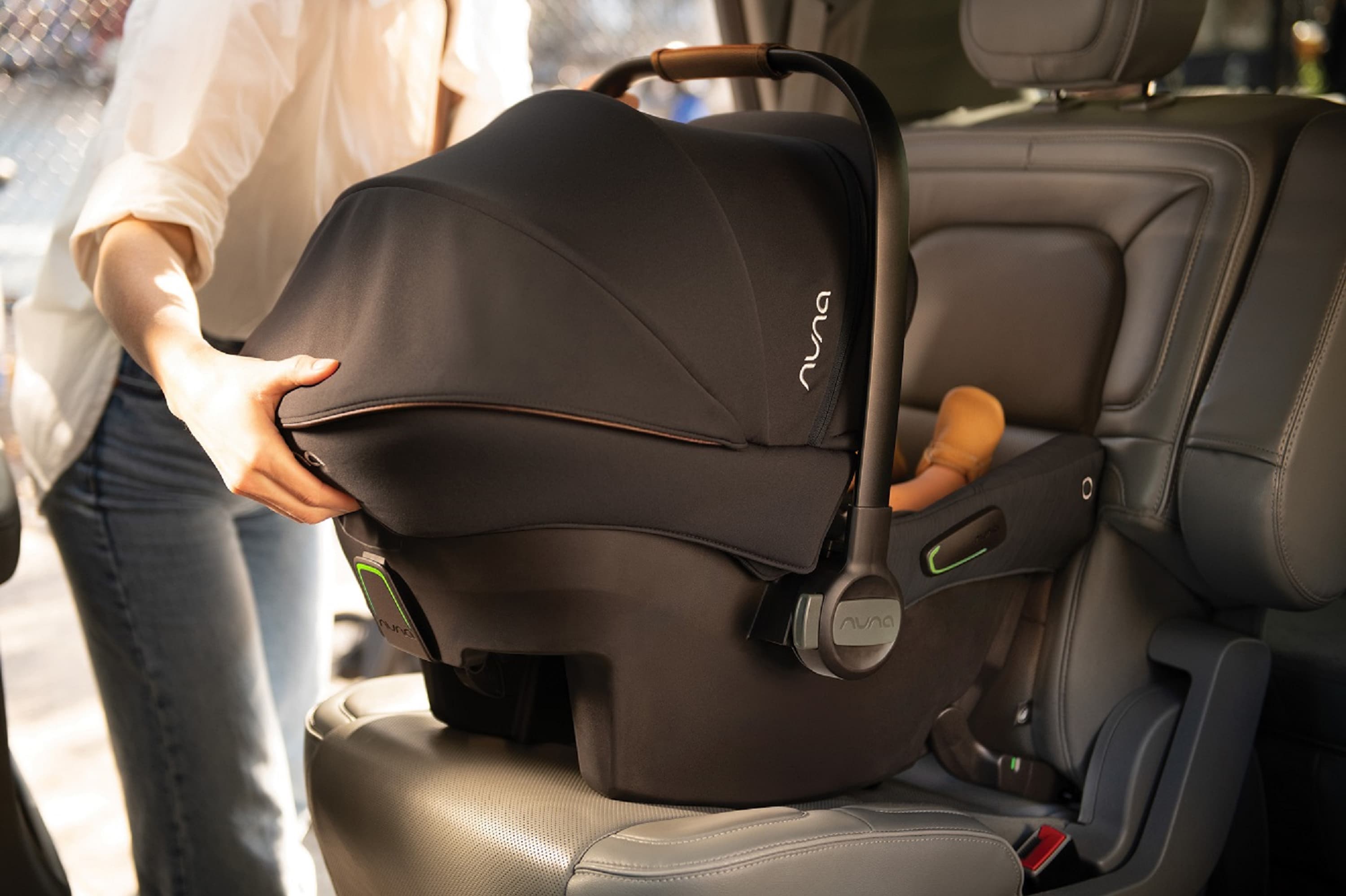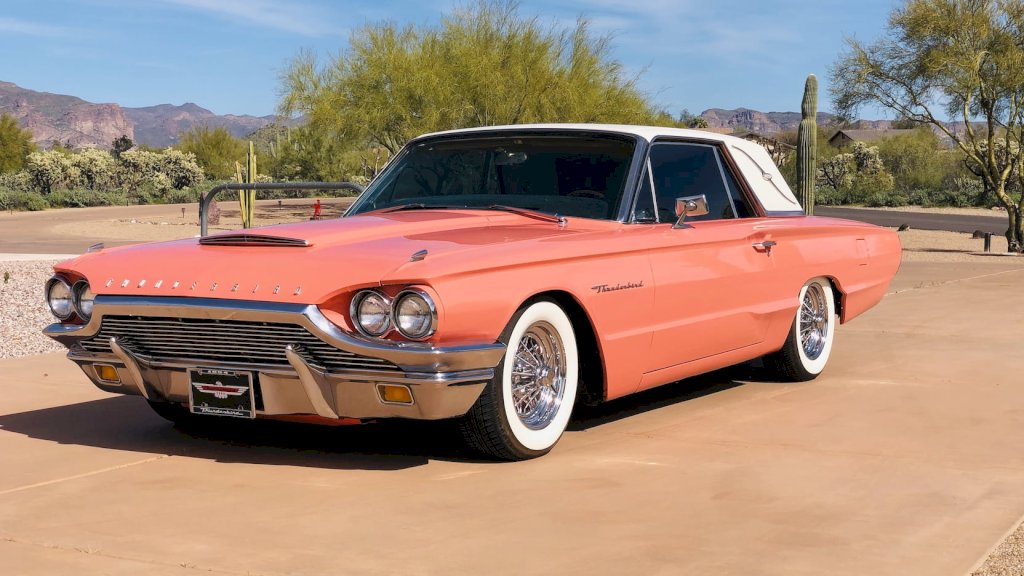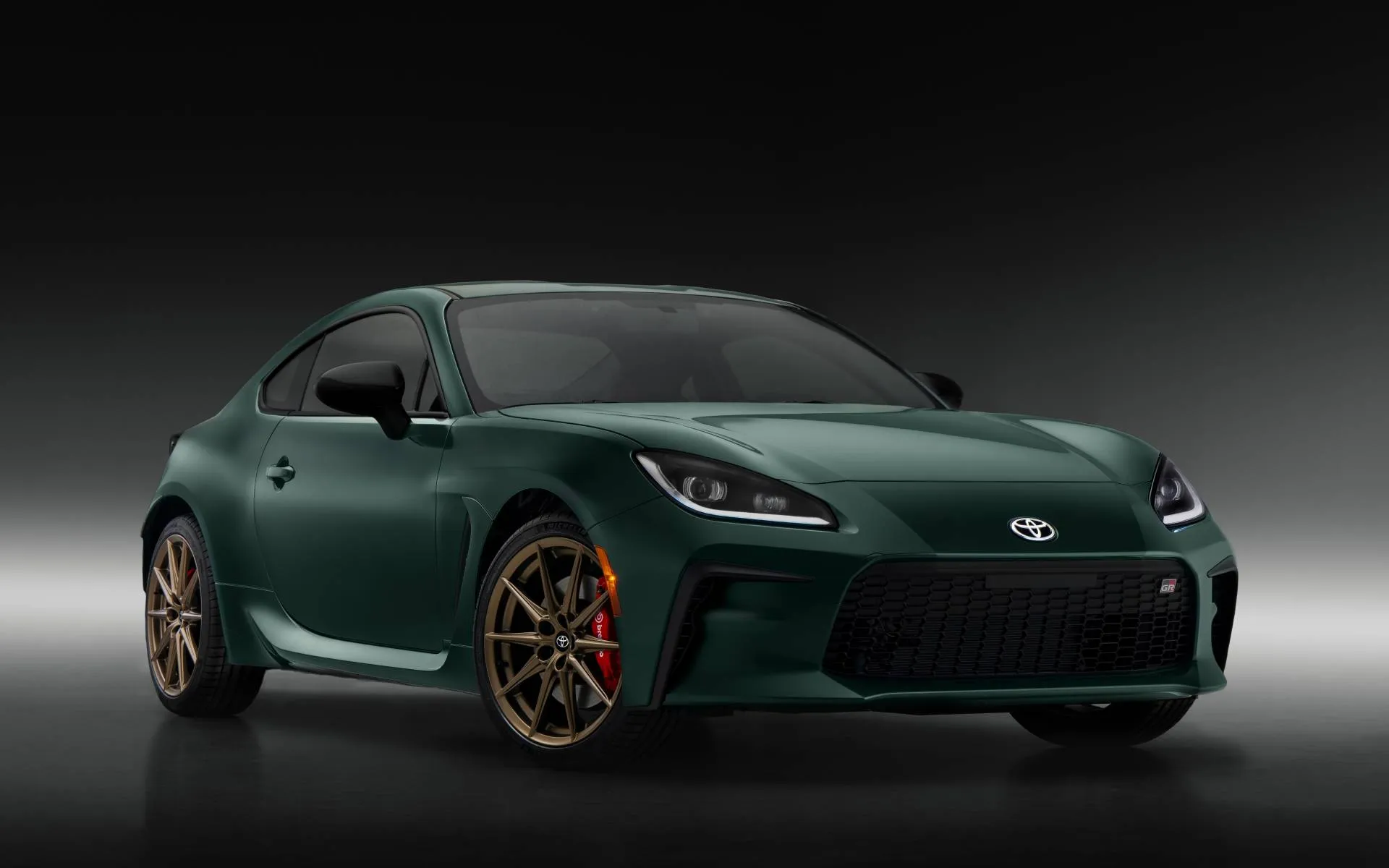The 1982 Dodge Rampage is a unique and stylish compact pickup truck, introduced by the American automaker Dodge in the early 1980s. This versatile and distinctive vehicle offers a fascinating glimpse into the automotive landscape of the era, making it an intriguing subject for classic car enthusiasts and collectors.
-1686721104x1024.jpg)
In this comprehensive guide, we'll delve into the history, design, features, and performance of the 1982 Dodge Rampage, exploring what made this compact pickup such a noteworthy addition to the American automotive scene.
1. The Birth of the 1982 Dodge Rampage
The 1982 Dodge Rampage was conceived as a response to the growing popularity of compact pickup trucks in the United States, which were mainly dominated by Japanese automakers like Toyota and Nissan. Dodge saw an opportunity to capitalize on this trend by offering a compact pickup truck, based on their existing L-platform, which was shared with the Dodge Omni and Plymouth Horizon. With the aim of combining the practicality and utility of a pickup truck with the fuel efficiency and maneuverability of a compact car, the Dodge Rampage was born.
-1686721129.jpg)
The Rampage was introduced in 1982 as a front-wheel-drive compact pickup truck, featuring a unibody construction and independent front suspension. This design allowed for a more car-like ride and handling compared to traditional pickup trucks, which typically featured body-on-frame construction and solid rear axles.
2. Design
The design of the 1982 Dodge Rampage was characterized by its unique and distinctive appearance, blending elements of a compact car with those of a pickup truck. Here are some key design features of the Rampage:
Exterior Design
The Rampage featured a sleek and aerodynamic body, setting it apart from traditional trucks of the time. Its front end was dominated by a bold grille with the Dodge emblem proudly displayed. The headlights were positioned flush with the front fascia, contributing to its streamlined look. The hood sloped downward, enhancing the car-like aesthetics.
-1686721140x1024.jpg)
Moving towards the side, the Rampage showcased a sloping roofline that seamlessly merged into the truck bed. This design element gave the vehicle a sporty and modern appearance. The Rampage was available with a variety of exterior color options, allowing owners to personalize their vehicles.
Unibody Construction
One of the notable design aspects of the 1982 Rampage was its unibody construction. Unlike traditional trucks that featured a body-on-frame design, the Rampage utilized a unibody structure, similar to that of a car. This construction method made the Rampage lighter, more maneuverable, and more efficient than its counterparts.
-1686721429.jpg)
Truck Bed Configuration
The Rampage's truck bed was designed for versatility and practicality. It could be configured in multiple ways to accommodate various cargo types. The bed featured a clever flip-down panel, known as the "Midgate," that extended the cargo space into the cabin. By folding down the rear seats and lowering the Midgate, owners could transport longer items while still having the option of seating two passengers.
Interior Design and Comfort
The interior of the Rampage offered a comfortable and well-designed cabin for its occupants. Despite its compact size, it provided ample legroom and headroom for the driver and passenger. The dashboard was laid out in a user-friendly manner, with easily accessible controls and gauges.
The seats were designed with both support and comfort in mind, providing a pleasant driving experience. The Rampage featured quality materials and finishes, adding to the overall aesthetic appeal of the interior.
Wheels and Suspension
The Rampage was equipped with a set of stylish wheels that complemented its design. The specific wheel design varied depending on the trim level and optional packages chosen by the owner. The suspension system of the Rampage was tuned to offer a balance between comfort and handling, allowing for a smooth and controlled ride.
-1686721189x1024.jpg)
In summary, the 1982 Dodge Rampage boasted a unique and eye-catching design that blended the characteristics of a compact car with the functionality of a pickup truck. Its sleek exterior, unibody construction, versatile truck bed, and comfortable interior made it an appealing choice for those seeking a distinctive and practical vehicle in the 1980s.
3. Engine
The 1982 Dodge Rampage offered a range of engine options, providing different levels of power and performance to suit the needs of its owners. Here are the engine choices available for the 1982 Rampage:
2.2-Liter Inline-Four Engine
The base engine option for the 1982 Rampage was a 2.2-liter inline-four engine. This engine was part of Chrysler's "K-Car" engine family. It featured a cast-iron block and cylinder head, as well as an overhead camshaft (OHC) configuration.
The 2.2-liter engine produced an output of 84 horsepower and 118 lb-ft of torque. It utilized a carburetor for fuel delivery. This engine option provided sufficient power for everyday driving and light hauling tasks.
-1686721226.jpg)
Turbocharged 2.2-Liter Inline-Four Engine
For those seeking additional power and performance, Dodge offered a turbocharged version of the 2.2-liter inline-four engine.
The turbocharged variant featured an intercooled system that compressed the incoming air to boost power. This provided a noticeable increase in acceleration and overall performance compared to the naturally aspirated version.
-1686721257.jpg)
Transmission Options
The 1982 Dodge Rampage was available with two transmission choices:
Four-Speed Manual Transmission
The standard transmission option was a four-speed manual transmission. It allowed drivers to have full control over gear selection, enhancing the engagement and driving experience.
Three-Speed Automatic Transmission
An optional three-speed automatic transmission was available for those who preferred the convenience of automatic shifting. This transmission provided smooth and effortless gear changes, suitable for relaxed driving.
-1686721269.jpg)
4. Performance
The performance of the 1982 Dodge Rampage was influenced by its engine options, transmission choices, and overall design. While not intended to be a high-performance vehicle, the Rampage offered satisfactory power and handling characteristics. Here are some key performance aspects of the 1982 Rampage:
Acceleration and Speed
Due to its compact size and relatively light weight, the Rampage exhibited respectable acceleration. While specific acceleration figures may vary depending on factors such as engine choice and transmission, the Rampage could achieve reasonable acceleration in its class.
-1686721285.jpg)
In terms of top speed, the Rampage's performance was limited due to its design and intended purpose as a compact truck. However, it could reach highway speeds comfortably and maintain a suitable cruising speed for everyday driving.
Handling and Maneuverability
The 1982 Dodge Rampage offered good maneuverability and handling characteristics, thanks to its unibody construction and compact dimensions. Its smaller size allowed for nimble handling, making it suitable for urban driving and parking in tight spaces.
The suspension system of the Rampage provided a balance between comfort and control. It absorbed bumps and road imperfections adequately, ensuring a smooth ride for occupants. However, being a compact truck, it had some limitations in terms of heavy-duty hauling and towing compared to larger, dedicated pickup trucks.
5. Sales and Production
The 1982 Dodge Rampage, although a unique and intriguing vehicle, had a relatively short production run and limited sales success. The Rampage was produced from 1982 to 1984, spanning only three model years.
Exact sales figures for the 1982 model year are difficult to find, but it is estimated that around 17,636 units of the Dodge Rampage were sold in 1982. This number was considerably lower than the sales figures of its Japanese competitors, such as the Toyota Pickup and Nissan/Datsun trucks, which were experiencing strong demand during the same period.
The limited sales success of the 1982 Dodge Rampage can be attributed to several factors, including the dominance of Japanese automakers in the compact pickup segment, as well as the evolving preferences of American consumers, who began to lean towards larger, more powerful trucks and SUVs.
Despite its limited sales and short production run, the Dodge Rampage has become a sought-after vehicle among classic car enthusiasts and collectors, who appreciate its unique design, rarity, and the glimpse it provides into a specific period of American automotive history.
6. Market Reception
The market reception of the 1982 Dodge Rampage was mixed. While the Rampage garnered some attention for its innovative design and versatility, its overall reception in the marketplace was somewhat limited. Here are some factors that influenced the market reception of the 1982 Rampage:
Unique Design and Versatility
The Rampage's design, blending the characteristics of a compact car and a pickup truck, was distinctive and ahead of its time. Its versatility, with a configurable truck bed and the ability to fold down the rear seats, offered practicality for various cargo-carrying needs. These unique features attracted attention and interest from those seeking a different kind of vehicle.
Niche Market Segment
The Rampage occupied a niche segment of the automotive market as a compact pickup truck. During the early 1980s, the market demand for small trucks was not as pronounced as it was for larger, more traditional pickups. This limited the potential customer base for the Rampage and contributed to its relatively modest sales figures.
Competition and Market Preferences
The Rampage faced competition from other small trucks and car-based pickups available during that era. Competitors such as the Ford Courier, Chevrolet S-10, and Volkswagen Rabbit Pickup offered alternatives for buyers considering a compact truck. Additionally, evolving market preferences and shifting consumer demands impacted the Rampage's market reception.
-1686721343x1024.jpg)
Collectability and Enthusiast Following
Despite its modest market reception during its initial production years, the 1982 Dodge Rampage has gained a level of collectability and has developed a dedicated following among automotive enthusiasts. Its unique design, limited production numbers, and nostalgic appeal have contributed to its appreciation within enthusiast circles.
-1686721360x1024.jpg)
While the 1982 Dodge Rampage showcased a unique and versatile design, its market reception was limited due to factors such as its niche market segment, competition from other small trucks, and limited production and marketing efforts. However, over time, the Rampage has gained a certain level of collectability and enthusiast appreciation, highlighting its unique place in automotive history.
7. Cultural Significance
The 1982 Dodge Rampage holds cultural significance as a representation of automotive innovation and design trends of the 1980s. While it may not have achieved widespread mainstream success, the Rampage has become a symbol of a distinct era in automotive history.
Nostalgia and Collector's Appeal
Over the years, the 1982 Dodge Rampage has gained a nostalgic appeal and collector's status among automotive enthusiasts. Its limited production numbers and unique design have made it a sought-after vehicle for those seeking a piece of automotive history. The Rampage has become a nostalgic symbol of the 1980s, evoking memories of a distinct era in both automotive and popular culture.
-1686721379x1024.jpg)
Representation of Automotive Innovation
The Rampage's introduction as a car-based pickup truck represented automotive manufacturers' willingness to experiment and innovate during the 1980s. It showcased the industry's response to changing consumer needs and preferences, with a focus on fuel efficiency, compactness, and versatility. The Rampage's presence in the market reflected a period of automotive exploration and adaptation to new trends.
Enthusiast Community and Events
The 1982 Dodge Rampage has cultivated a dedicated community of enthusiasts who appreciate its unique design and cultural significance. This community organizes events, such as meet-ups, shows, and rallies, where Rampage owners and enthusiasts come together to celebrate and showcase their vehicles. These events further contribute to the cultural significance and preservation of the Rampage's legacy.
-1686721401x1024.jpg)
In summary, the 1982 Dodge Rampage holds cultural significance as an embodiment of automotive innovation, design trends, and consumer preferences of the 1980s. Its unique design, versatile nature, and nostalgic appeal have made it a symbol of a distinct era in automotive history, attracting a dedicated community of enthusiasts and collectors.



